Edible or aromatic herbs
The Herbs
Whether you're growing indoors or in a backyard garden, this guide contains all the tips and tricks you'll need to grow your herbs!
Basil, catnip, chamomile, chives, cilantro, lavender, lemon balm, lemongrass, mint, orange mint, oregano, parsley, rosemary, Stevia, thyme, etc.
_________________________________________________
How to care for your herbs
Use these instructions to care for your herbs. This guide will tell you how to water them; their light, temperature, humidity preferences, and any additional care they may need to help them grow.
Your plant will grow best in full sun, but it will also do very well indoors in a sunny spot. However, make sure it receives at least 5-7 hours of direct sunlight per day.
Don't let your plant's soil dry out completely. Water when the top 25% of the soil is dry. During peak growth in spring and summer, watering may be necessary every day.
If kept indoors, spray a few times a week.
Your plant will thrive at temperatures between 15-32°C. It's sensitive to cold, so make sure the temperature doesn't drop below 12°C.
Feed your plant with a garden plant fertilizer 1-2 times a month during spring and summer.
They are non-toxic. However, they are intended to be eaten by humans, not pets.
Cut it anytime to enjoy it. Simply cut the top of the plant, and it will regrow new leaves from that point. Don't worry about damaging the plant, as cutting it actually encourages new growth.

_________________________________________________
Common problems for your herbs

If your herb plant is receiving plenty of sunlight and reaches a certain size, it will begin to produce flowers and eventually seeds (if it's outdoors and can be pollinated). While this isn't a bad thing, it will reduce your harvest of usable leaves.
To resolve this, we recommend regularly trimming your plant. If you're using your herbs regularly, this shouldn't be a problem. If you're not using your herbs that often, we recommend trimming the top of your plant about once a week to keep it bushy and prevent flowering.
Pruning and trimming not only prevent flowering, but also make your plant bushier and encourage plenty of new growth. A good rule of thumb when pruning is to remove no more than 1/3 of the plant at a time. When pruning, be sure to use clean, sharp scissors or garden shears. You can clean your shears with rubbing alcohol, and we suggest cleaning them between trimming each plant.
If the plant has already begun to flower, no problem. Simply cut off all the flowers and it will begin to regrow new leaves.

Your lifeless herb plant may look alarming, but don't worry! It probably just needs a good drink.
Did you forget to water your plant for a few days? Do you keep your plant outside where it's very hot and sunny? If so, your plant is probably thirsty! When the weather is especially hot and sunny during the summer months, herbs will need more water than usual. Herbs can usually recover, even if they look limp and sad. We recommend a soak to help fully rehydrate your plant.
Here's how to soak your herb plant:
Place your plant in your sink or bathtub without the saucer. Fill the basin with approximately 3-4 inches of water. Make sure the water isn't too hot or too cold.
Let your plant absorb water through the drainage hole at the bottom of the pot for at least 45 minutes. Spraying the top of the plant with a hose or sink attachment will help rehydrate the plant and speed up the process. When your plant's soil is evenly moist, drain the sink/tub and let the plant rest while it drains well. Place the plant back in its saucer and back in its proper location.
Alternatively, if you're keeping your herbs outdoors and have a garden hose, you can also soak your plant with it—watering generously until water runs out of the drainage hole. Repeat until the soil looks completely rehydrated.
In the future, it will help to check your plant daily to see how it's doing and if it needs water. We suggest watering when the top 1-2 inches of soil are dry. While occasional drying shouldn't harm the plant in the long run, letting it dry out too often could show signs of damage, such as brown, dry leaves. For best results, keep your herbs consistently moist.




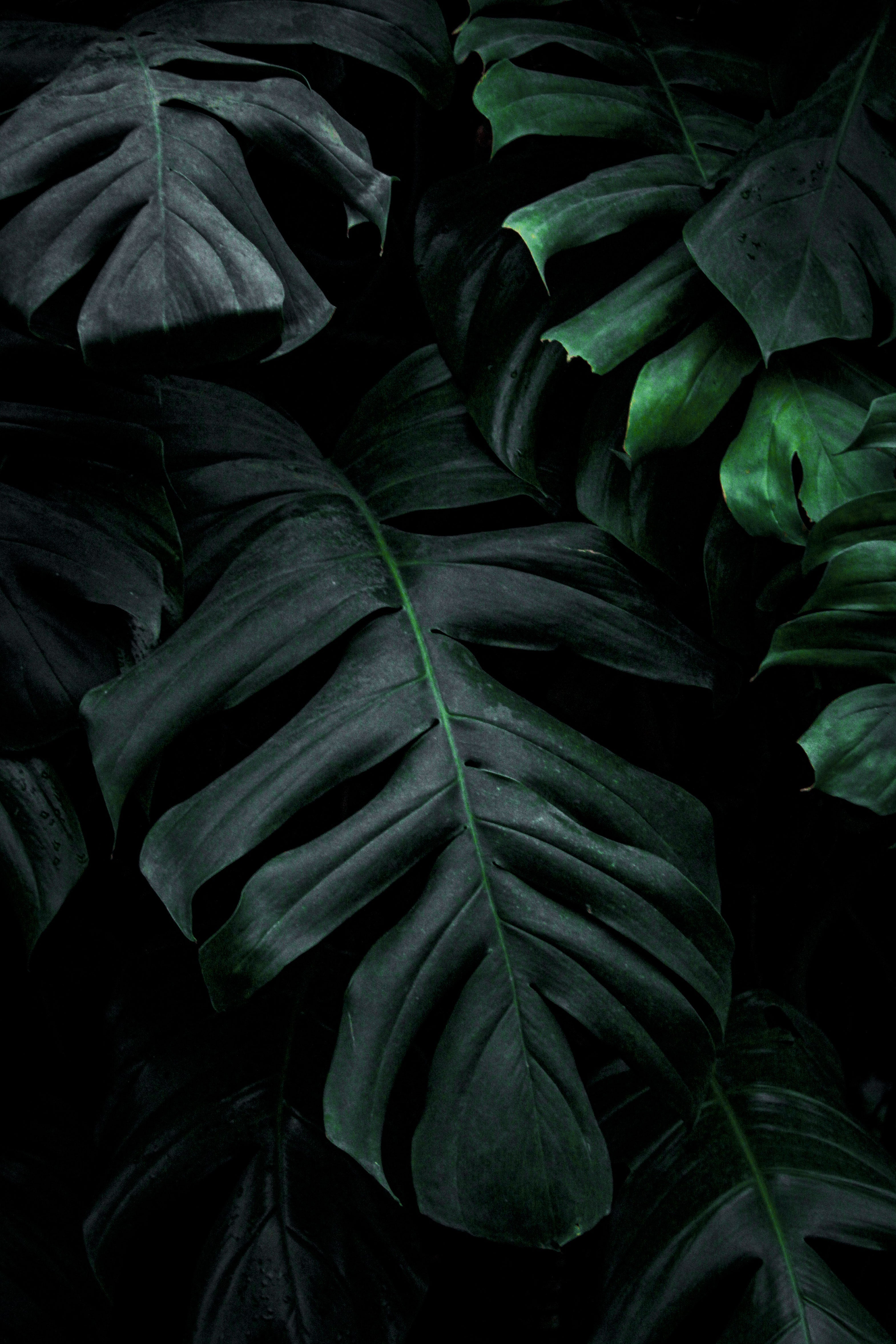
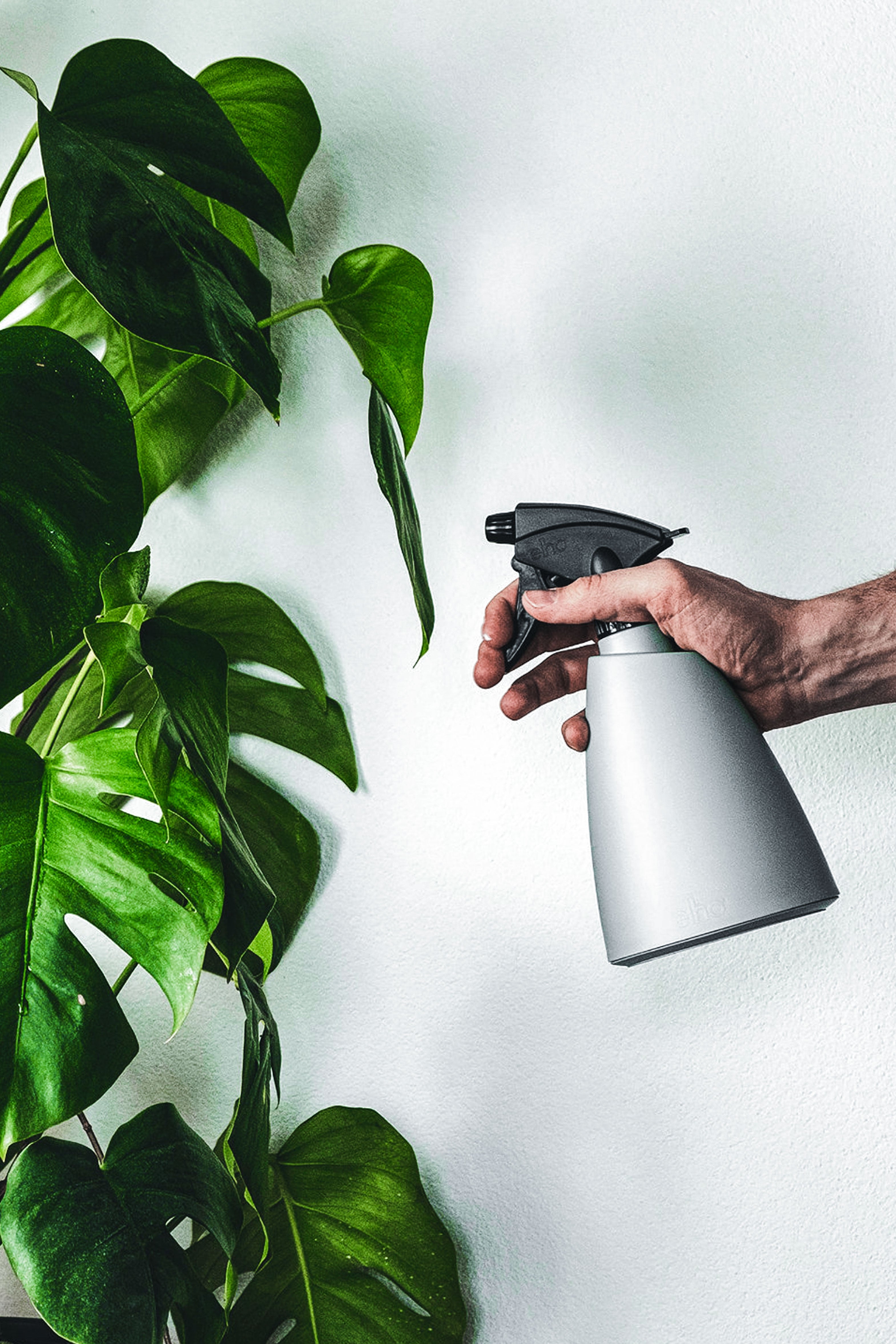
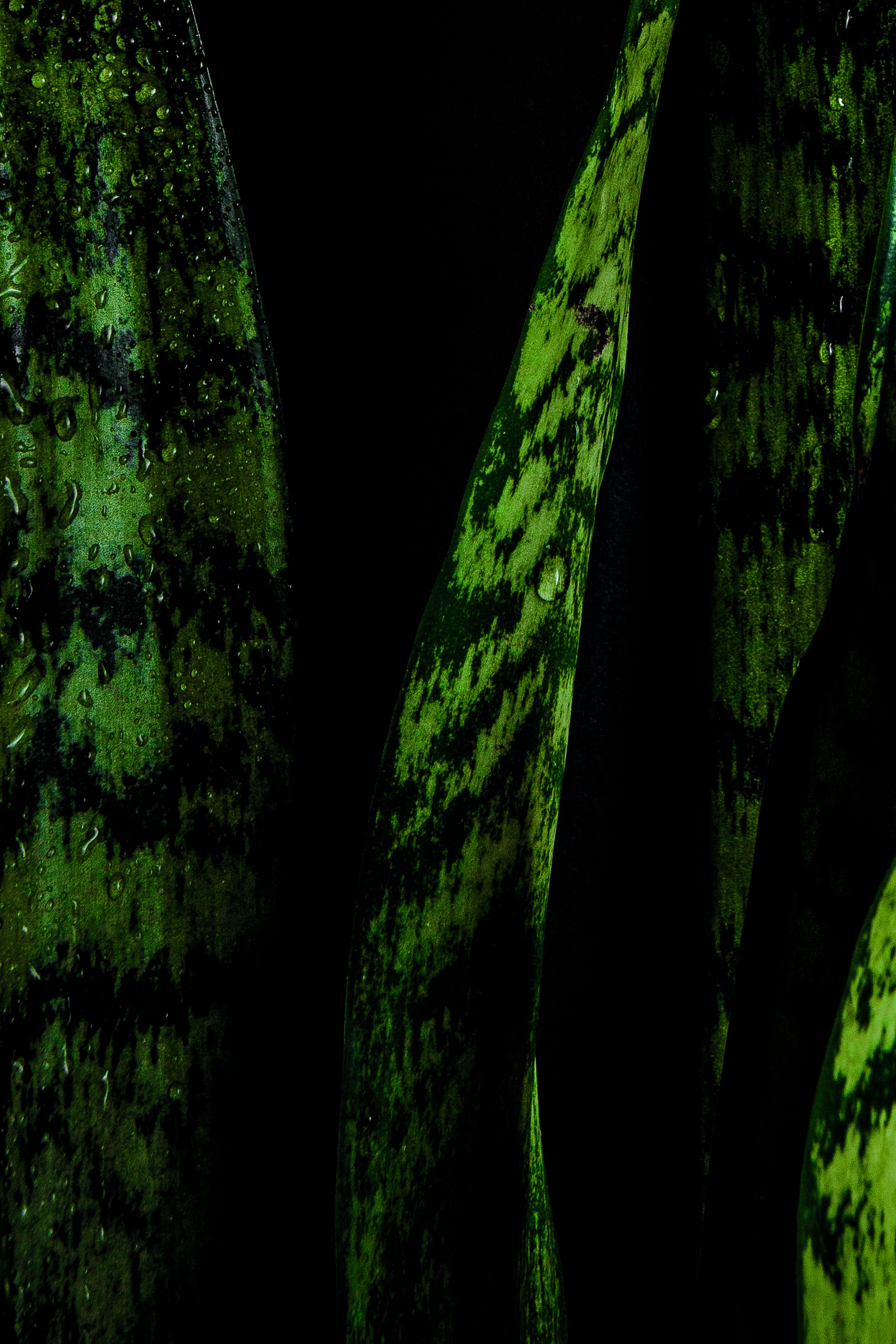
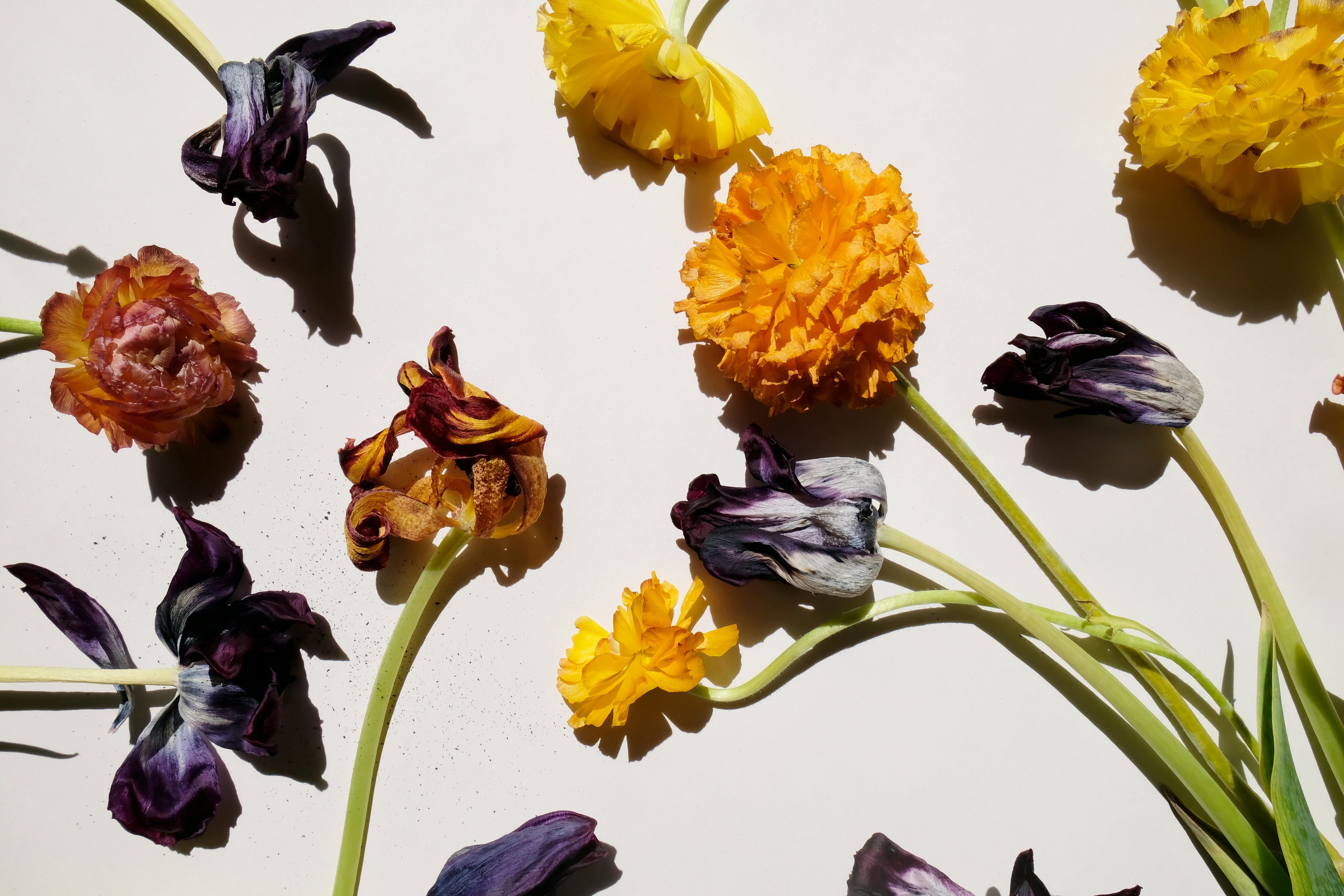
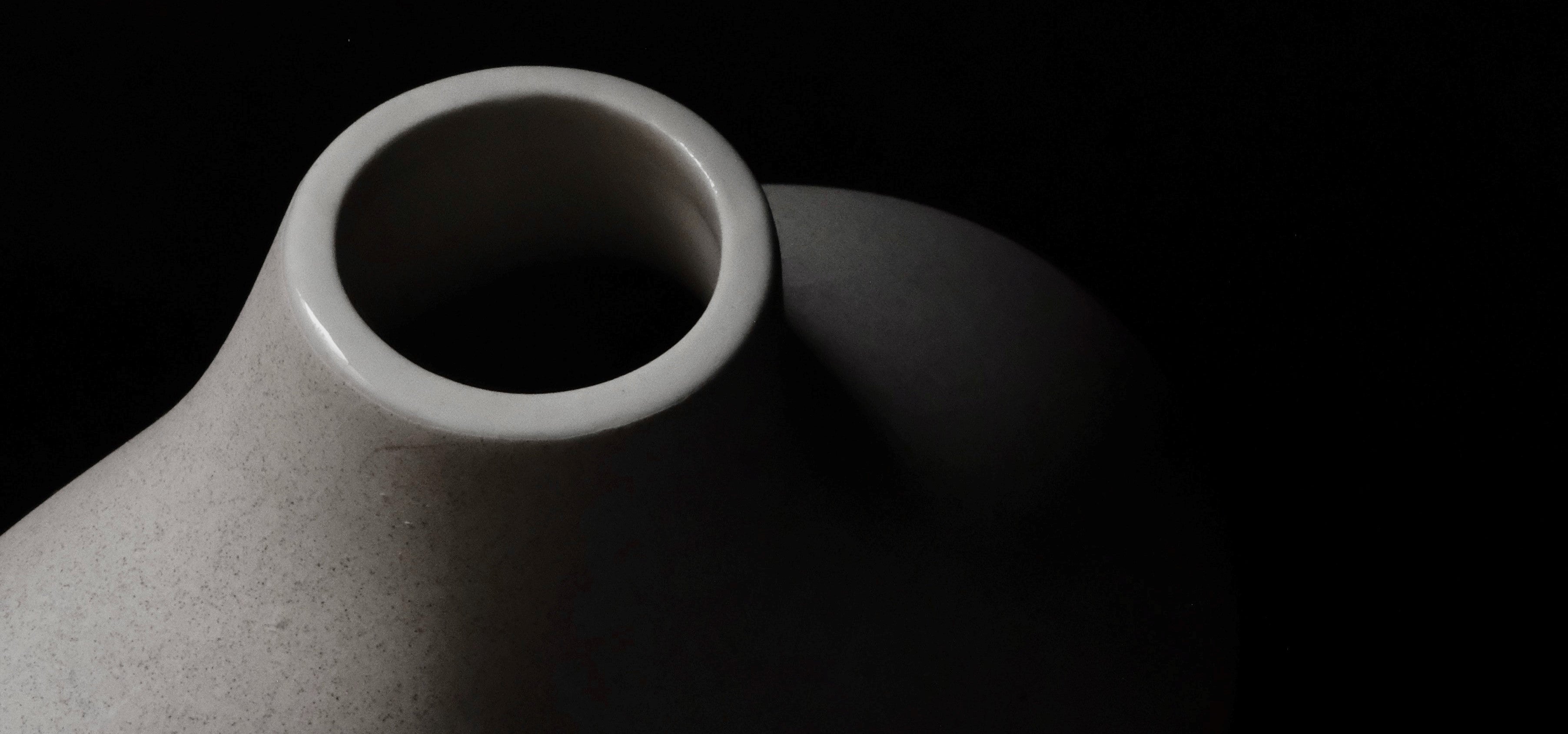
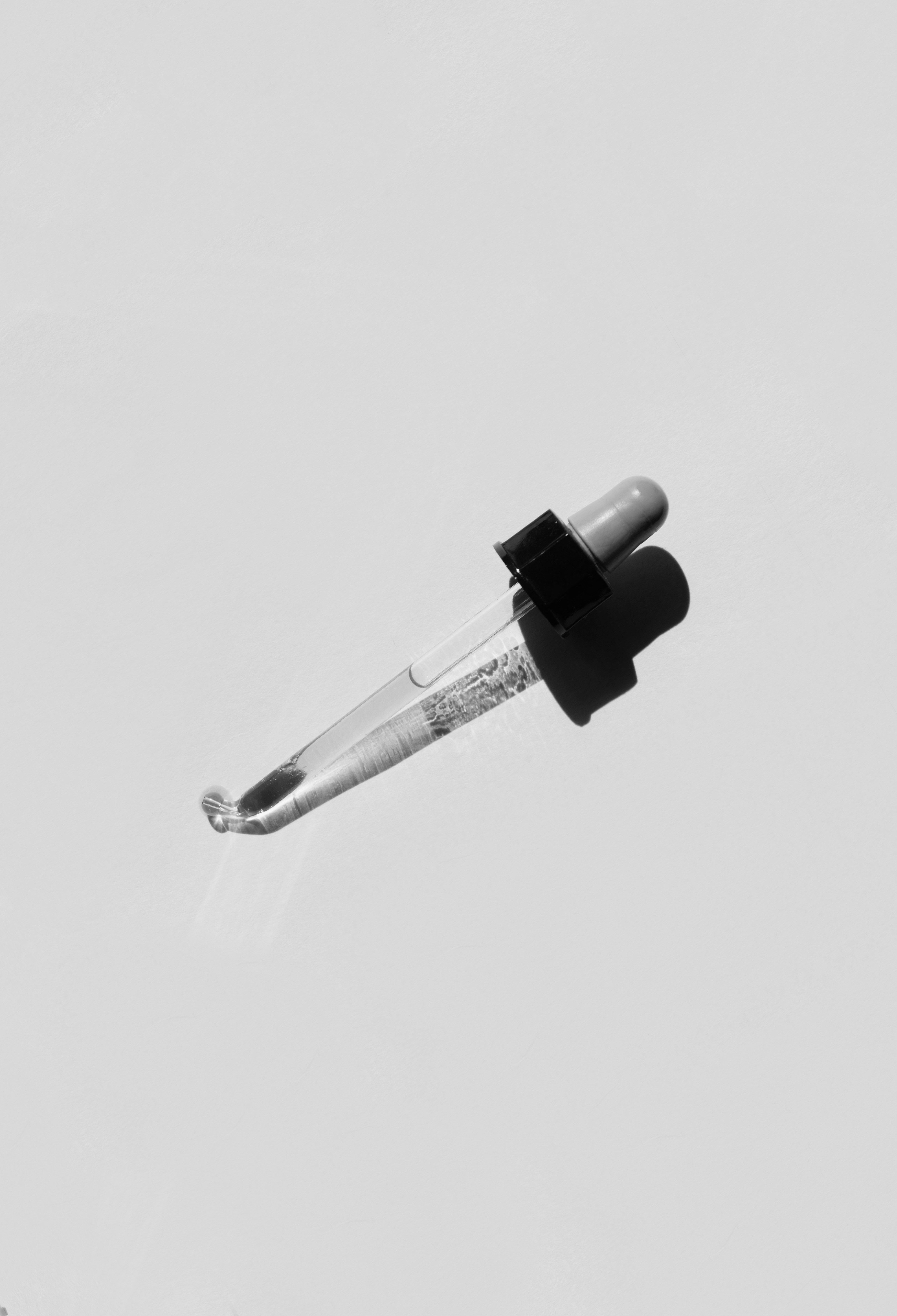
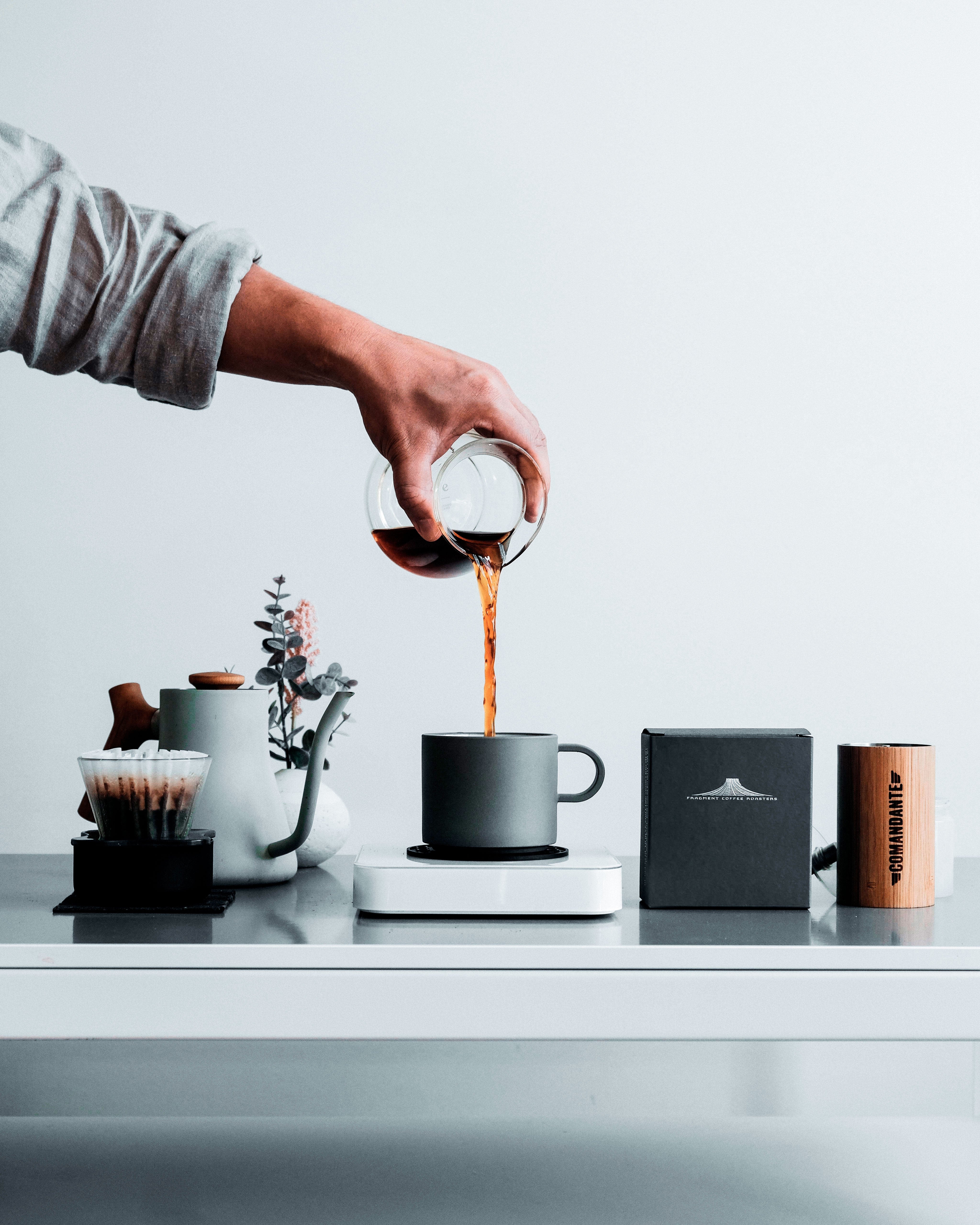
Leave a comment